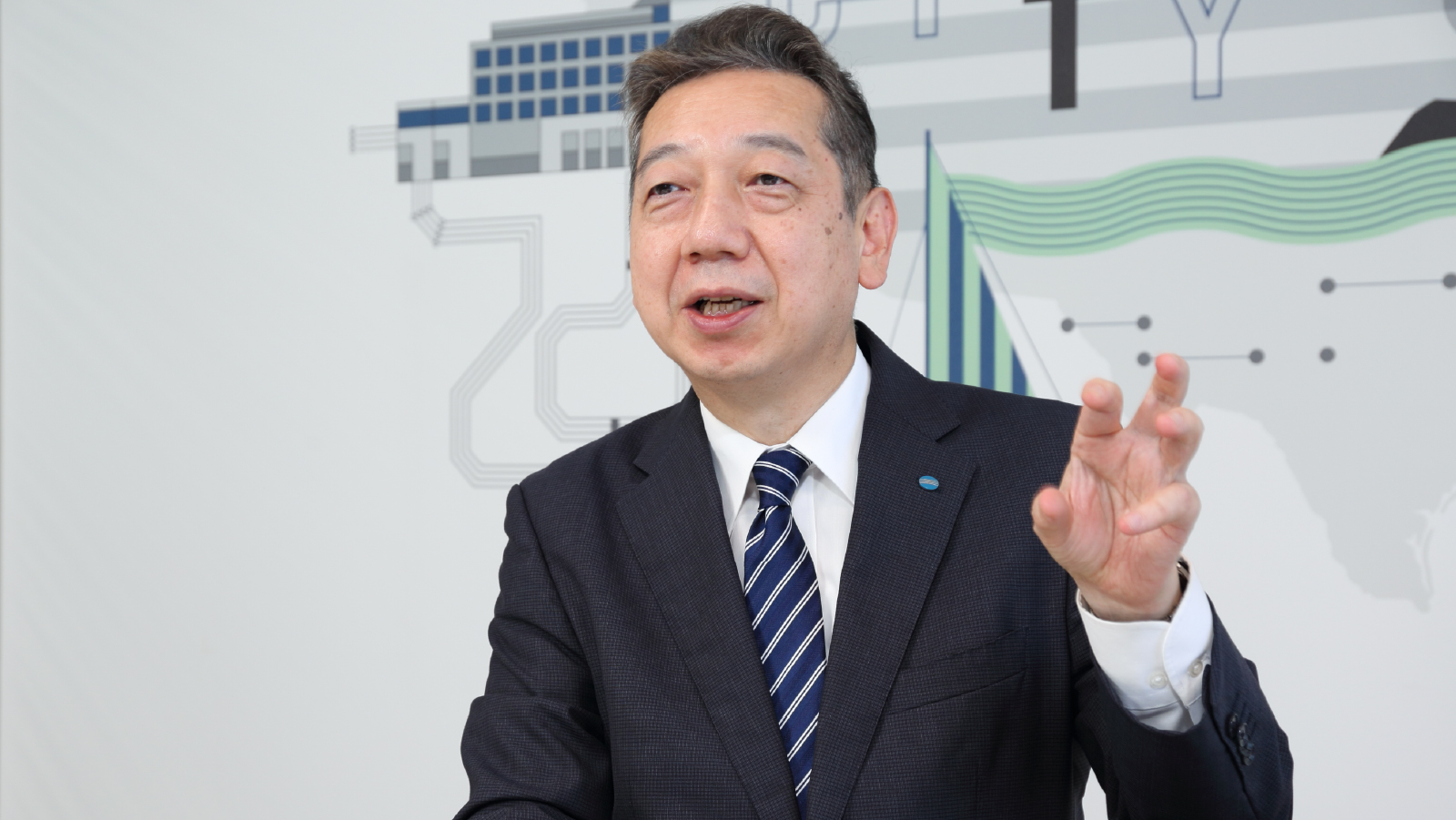Konica Minolta has grown and evolved dramatically since the merger in 2003 of two famed Japanese photographic companies, Konica and Minolta. Today it serves two million corporate customers worldwide through four business units — Digital Workplace, Professional Print, Healthcare, and Industry — and has 170 subsidiaries operating in 150 countries.
Acquisitions were key to Konica Minolta’s growth, and as a result, the company found itself with multiple redundant technology solutions throughout its business. Several years ago, a proactive digital transformation effort called DX2022 set out to rationalize and streamline Konica Minolta’s technology environment through the adoption of SaaS applications.
DX2022 has contributed to Konica Minolta’s business success in recent years, says Yukihiro Imaizumi, leader of the DX Promotion Team in the Business Management Department. “We created a remote work system years ago,” he notes, “so we were able to flexibly adapt to the need to work from home during the COVID-19 pandemic.” The company had also already observed the shrinking need for large office-based printing systems and responded by focusing on other business areas less impacted by remote workplaces.
Unifying managerial accounting data
The DX2022 team saw great potential value in improving Konica Minolta’s managerial accounting operations. Aggregating essential data and creating reports took thousands of hours annually because the data was collected in spreadsheets by many divisions and subsidiaries, then shared over email. Data had to be combined and organized in time for key meetings, but manual reentry increased the risk of aggregation errors, and the resulting data often was not detailed enough for precise variance analyses or decision-making.
“Enterprise Resource Planning systems used by each subsidiary were not consistent,” explains Masahiko Tanaka, Manager in Konica Minolta’s Business Management Department. The Konica Minolta team sought a solution to unify and streamline financial data collection using a SaaS application, and after evaluating 10 solutions chose Anaplan in 2018. They also chose Anaplan partner Qunie to help implement the solution, though the ultimate goal was technical self-sufficiency.
“We thought it was great that Anaplan allowed data to be entered simultaneously by all our subsidiaries around the world and aggregated in real time,” Tanaka recalls. “We also gave it high marks because we could easily integrate it with business intelligence tools and immediately analyze the compiled data.” The Excel Add-in from Anaplan helped to overcome the fact that spreadsheet software versions varied from one organization to another.
30–40% less time spent creating reports
The Anaplan solution is now used in all Konica Minolta business units. When combined with business process improvements, the solution is substantially reducing workloads across the company. One business unit alone eliminated the need for almost 2,000 monthly report files by standardizing and centralizing its managerial accounting data. “Every year, thousands of hours were spent creating these reports,” Tanaka said. “But we have reduced the number of work hours we spend creating reports by 30 to 40 percent with Anaplan.”
Because they have accurate data from across the company in a consistent format, leaders can drill down to analyze and compare factors such as product costs, sales results, and marketing effectiveness in each business unit. “We are also trying to more closely connect annual budgets and forecasts with our medium-term plan, and to act more quickly based on data compiled in real time,” Tanaka says.
Furthermore, because data collection across the company is now standardized, processes do not depend on individual employees with specialized knowledge. In fact, Tanaka notes that other operational workflows and business processes at Konica Minolta are being reengineered based on the expertise that the company gained through implementing Anaplan.
“Above all, the data is connected, so we are now able to perform a drill-down analysis of specific factors in variance analyses of plans and results. We are also trying to more closely connect annual budgets and forecasts with our medium-term plan, and to act more quickly based on data compiled in real time.” Imaizumi concludes. “This is the most important benefit we get by using Anaplan.”




